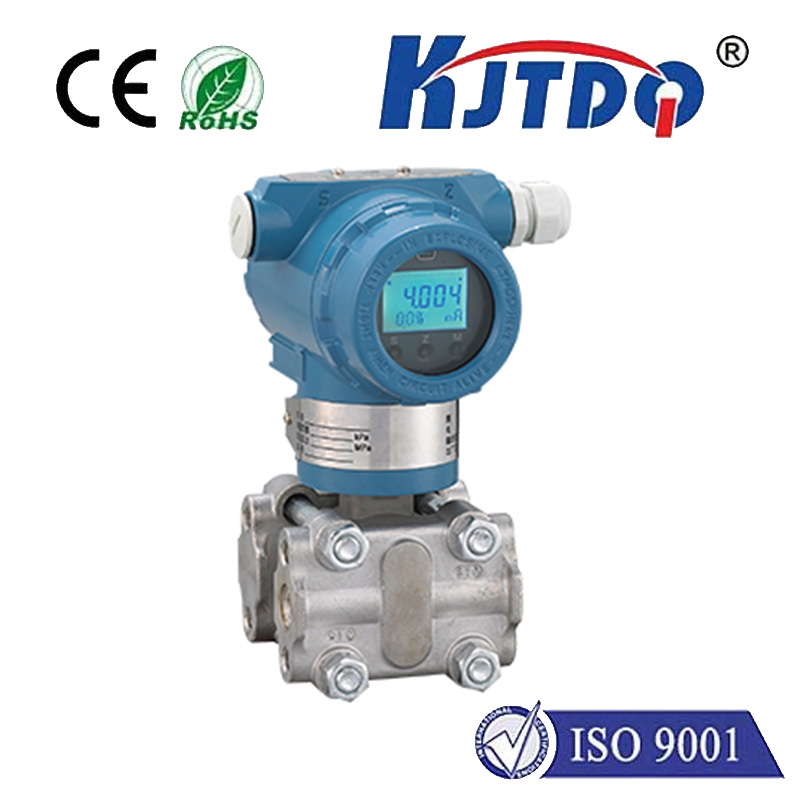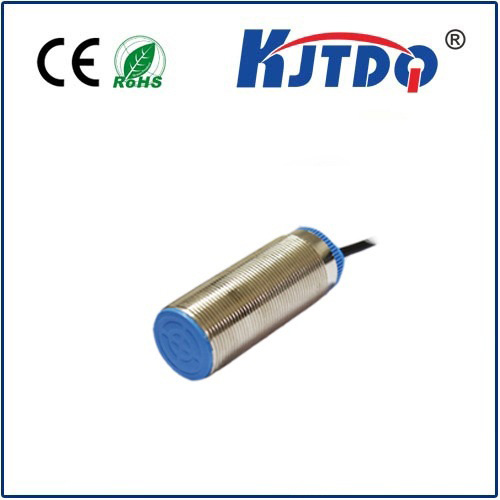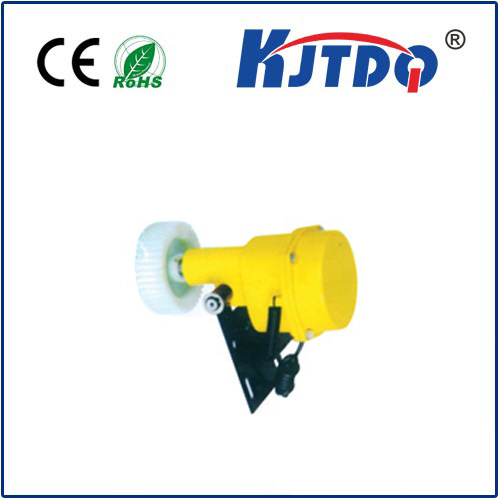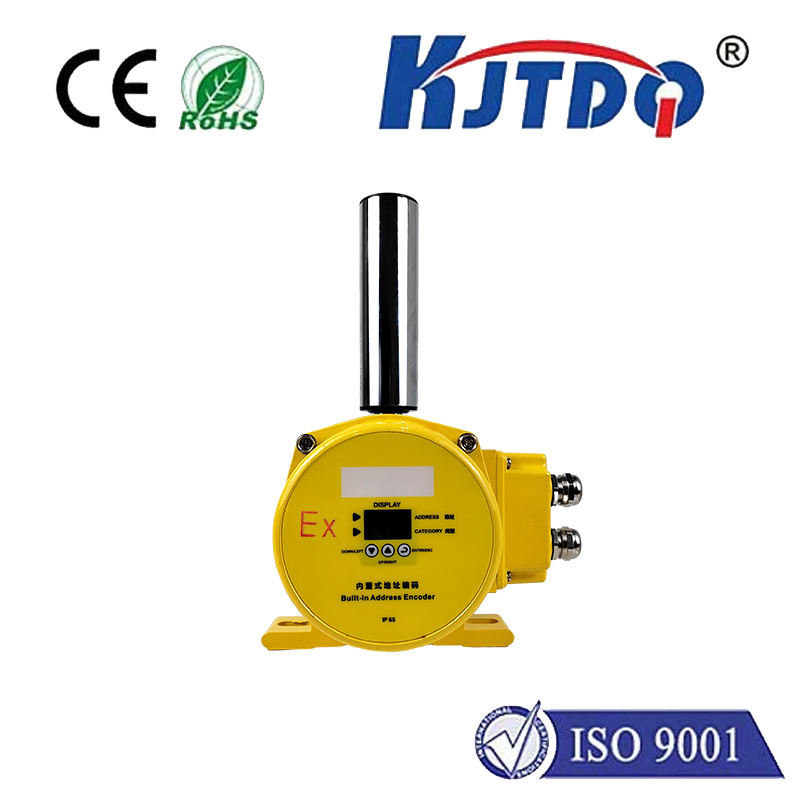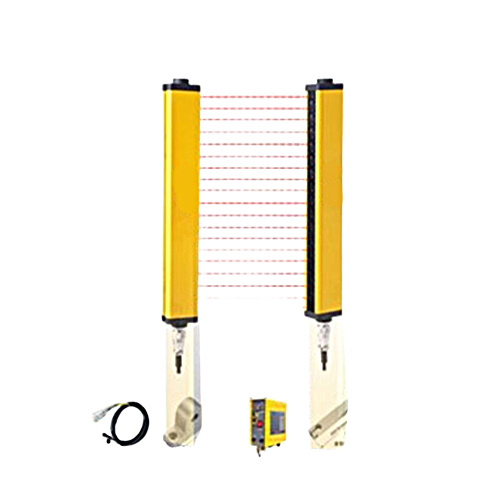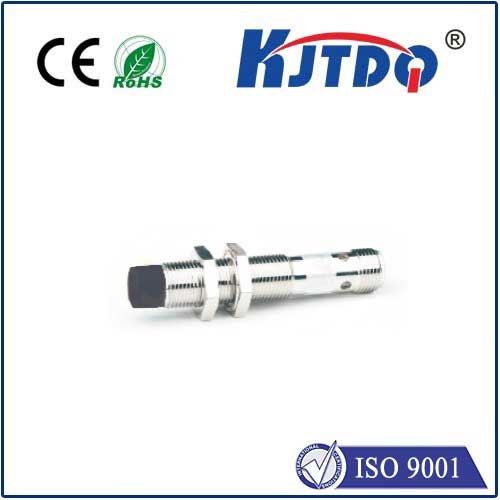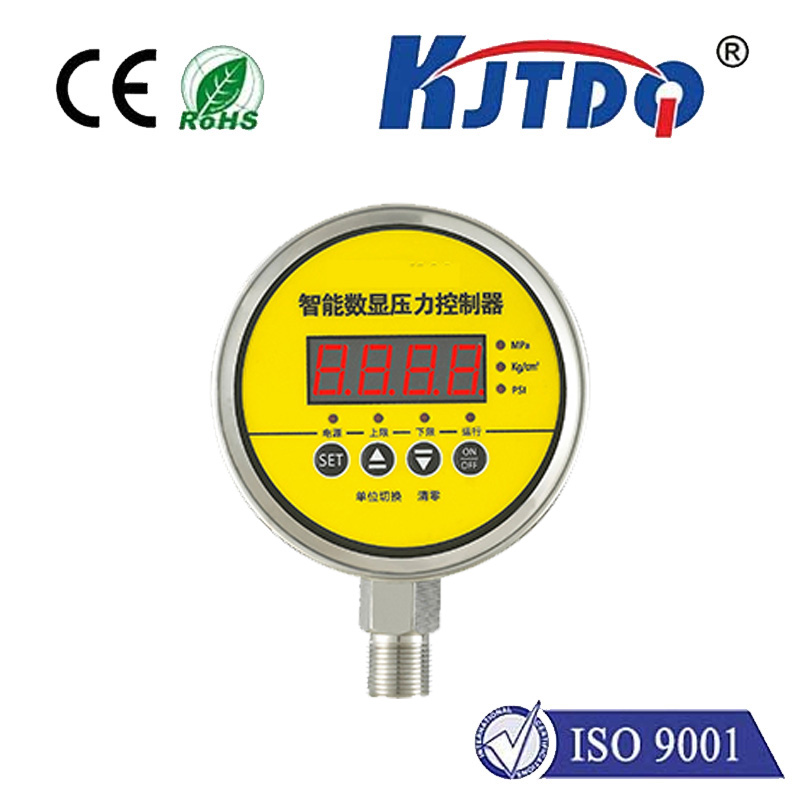dc 3 wire 6-36v pnp ir photoelectric sensor switch
- time:2025-09-10 18:10:22
- Click:0
Demystifying the DC 3-Wire 6-36V PNP IR Photoelectric Sensor Switch: Reliability Meets Versatility
Stop guessing, start detecting reliably. In the demanding world of industrial automation and machinery control, sensor failure is not an option. When harsh environments, varying power sources, and the need for precise non-contact detection collide, a specific type of sensor often emerges as the hero: the DC 3-Wire 6-36V PNP IR Photoelectric Sensor Switch. This unassuming device packs a powerful punch of dependability and flexibility. Let’s delve into what makes it such a crucial component and why understanding its specifications is key to seamless integration.
Decoding the Name: What Exactly Is It?
The title itself is a concise specification sheet:
- DC: Powered by Direct Current.
- 3-Wire: Has three connection wires: typically Brown (+V), Blue (0V/GND), and Black (Switched Output).
- 6-36V: Operates reliably within a wide voltage range, from 6 volts up to 36 volts DC.
- PNP: Indicates the transistor switching type. A PNP sensor sources current to the load when active (outputs a positive voltage).
- IR: Uses Infrared light for detection. This is invisible to the human eye, reducing ambient light interference and offering specific advantages.
- Photoelectric Sensor Switch: The core technology – uses a light beam (emitter) and a receiver to detect the presence, absence, or distance of an object by sensing how light is interrupted or reflected.
Essentially, it’s a non-contact switch activated when an object interacts with its infrared light beam, designed for robust DC industrial environments.
Why the Wide 6-36V DC Range Matters
This voltage tolerance is a major asset:
- Flexibility: Accommodates various common industrial DC power supplies. It can run off 12V systems (common in vehicles or smaller machinery), 24V (the industrial standard for PLCs and control systems), or any voltage within that spectrum without requiring a specific regulator.
- Stability: Handles typical power supply fluctuations or voltage drops in long cable runs common in factories or plants.
- Simplification: Reduces the need for precise voltage matching or additional voltage regulation components, simplifying inventory and installation.
The 3-Wire PNP Configuration: Industrial Standard Workhorse

Understanding the wiring is critical:
Brown Wire: Connect to the positive DC supply voltage (within 6-36V).
Blue Wire: Connect to the DC common/ground (0V).
Black Wire: The switched output. In a PNP sensor (also called “sourcing” or “positive switching”), this wire:
When the sensor is active (object detected in the configured mode), the black wire outputs a voltage close to the positive supply voltage (e.g., +24V if powered by 24V).
When inactive (no object detected), the black wire is effectively disconnected (high impedance, or sometimes pulled low internally, but doesn’t source voltage).
PNP vs. NPN: This is crucial! PNP sensors source positive current to the load (like a PLC input module programmed for sourcing). NPN sensors sink current from the load. Confirm your controller (PLC input, relay coil, etc.) is compatible with a sourcing (PNP) signal before connecting.
Infrared (IR) Light: The Invisible Advantage
Using infrared light instead of visible red light offers distinct benefits:
- Reduced Ambient Light Interference: Highly immune to interference from visible light sources like sunlight or factory lighting, crucial for stable operation.
- Less Visible: The beam is invisible, making it less distracting in work environments and sometimes offering a slight aesthetic advantage.
- Focus & Range: IR LEDs can be engineered for specific beam characteristics, often enabling longer sensing ranges compared to visible light sensors in similar form factors.
- Covertness: Useful in applications where visible light detection might be undesirable.
Photoelectric Sensing: Modes for Every Task
While the title specifies “Switch” (indicating a digital on/off output), the core sensing principle offers different modes:
- Through-Beam: Emitter and receiver are separate units. Highest reliability and longest range. Detection occurs when the object blocks the beam. Ideal for precise counting or detecting small objects.
- Retroreflective: Emitter and receiver in one unit, using a reflector. Detection when an object breaks the beam’s path to the reflector. Offers good range and alignment ease. Common for presence detection on conveyors.
- Diffuse (Proximity): Emitter and receiver in one unit. Detects objects by the light reflected back from the object itself. Simpler installation (no separate reflector), but range is shorter and more affected by object color/surface. Perfect for detecting objects at short range without reflectors.
Key Applications Where This Sensor Excels
Thanks to its robust specs and IR technology, the DC 3-wire 6-36V PNP photoelectric sensor is ubiquitous:
- Object Detection/Absence: On assembly lines, packaging machines, conveyors.
- Counting: Bottles, boxes, parts passing a point.
- Position Verification: Confirming a part is in place before a machine cycle starts.
- Level Sensing: Detecting material levels in bins or hoppers (often diffuse mode).
- End-of-Travel Detection: Confirming cylinders are fully extended/retracted.
- Security Systems: Detecting intrusion through beams.
- Automotive Manufacturing: Position sensing on robots or jigs.
- Material Handling: Detecting jams or guiding products.
Selecting and Using Your Sensor Effectively
- Sensing Mode & Range: Choose through-beam, retroreflective, or diffuse based on your application needs and available mounting options. Always verify the required sensing distance.
- Output Type: Triple-check compatibility with your controller. Is your PLC input configured for PNP (sourcing) or NPN (sinking)? Using the wrong type won’t work and could potentially cause issues.
- Environment: Consider IP rating (dust/water resistance), temperature range, and potential chemical exposure. While generally robust, specify if extreme conditions exist.
- Object Properties: Size, color, material, and surface finish (especially for diffuse sensors) matter. Clear objects may require through-beam mode.
- Mounting & Alignment: Ensure stable mounting and precise alignment (especially for through-beam and retro-reflective types). Vibration can cause misalignment. Lasers are often used as visual aids for alignment, though the actual sensing beam is IR.
- Wiring: Brown to +V, Blue to 0V/GND, Black to the load. Connect the other side of the load (e.g., PLC input terminal, relay coil) back to






